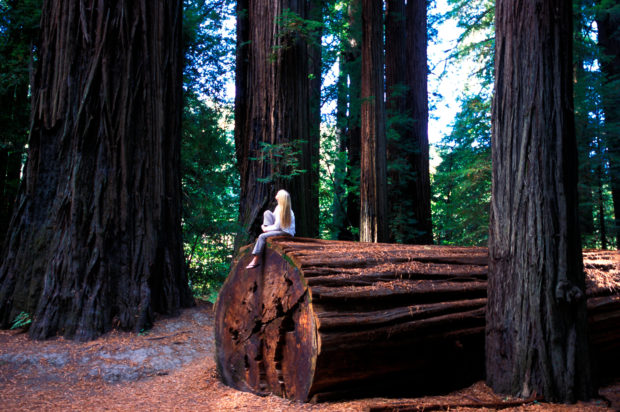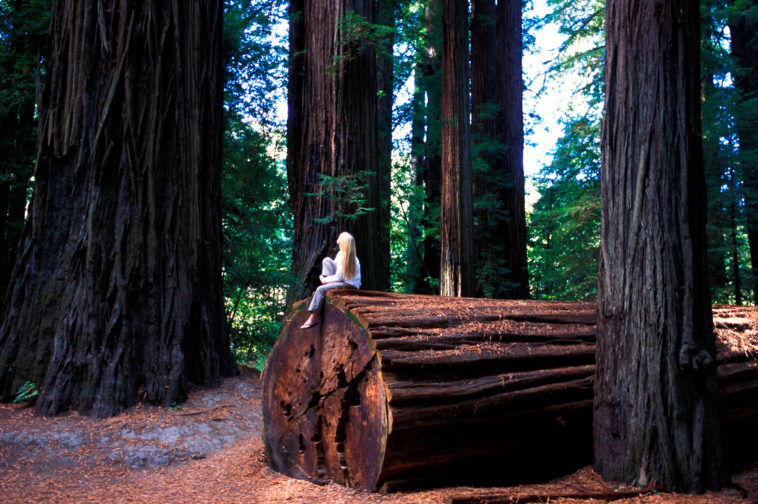Redwood National Park in Northern California is home to some of the oldest coastal redwood trees in the world.
They are over two thousand years old, with trunks that reach over three hundred and fifty feet in the air. One mature tree alone can grow to be over twenty feet in diameter.
But, the historic trees are also endangered. More well-known threats facing this species include climate change, deforestation, and fires.
A lesser-known crime against the trees, though, is burl poaching.
During 1848, migrators of the California Gold Rush contributed to extensive redwood logging in an effort to build up San Francisco and other surrounding cities, according to the National Park Service.
What was once a forest of two million acres was decimated by ninety-six percent.
Since then, the extremely valuable trees have been highly sought after by poachers. Redwood burls– or external growths on the trees– are “prized for their intricately patterned wood that can weigh hundreds of pounds and bring in thousands of dollars,” mentioned Save The Redwoods.
But, this practice is extremely harmful to the decreasing historic redwoods for two reasons. First, Redwood burls are full of the species’ stem cells. In turn, these growths are extremely important for the regeneration of coastal Redwoods.
Moreover, poachers often use chainsaws to illegally cut the burls from live trees. This exposes the interior heartwood and may prevent the tree from reproducing.

Sign up for Chip Chick’s newsletter and get stories like this delivered to your inbox.


